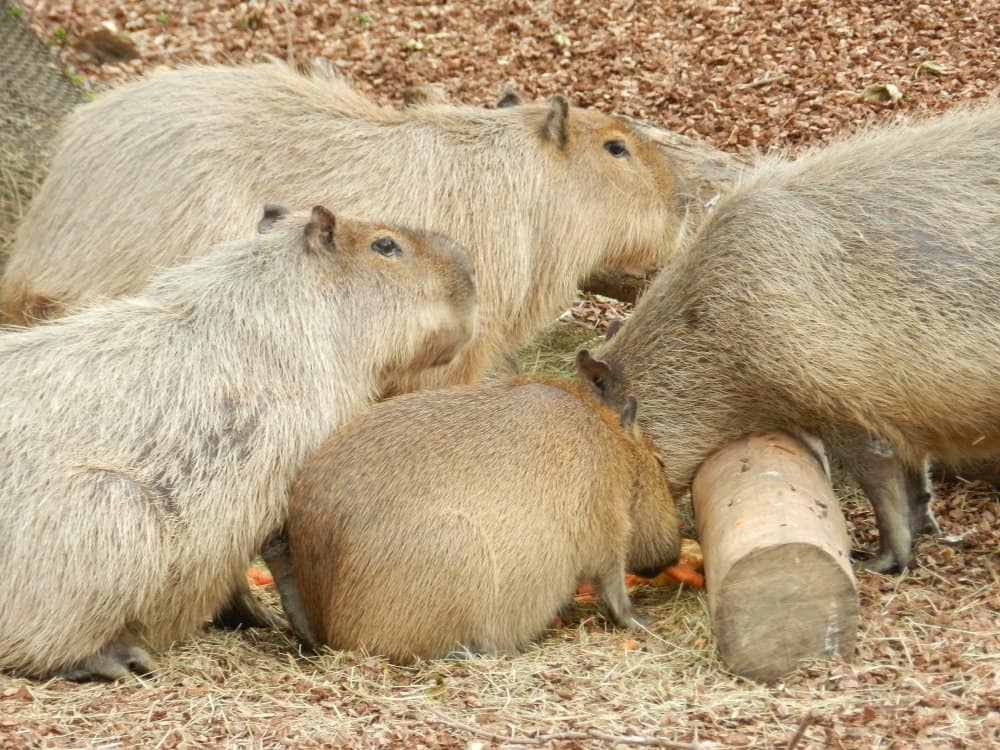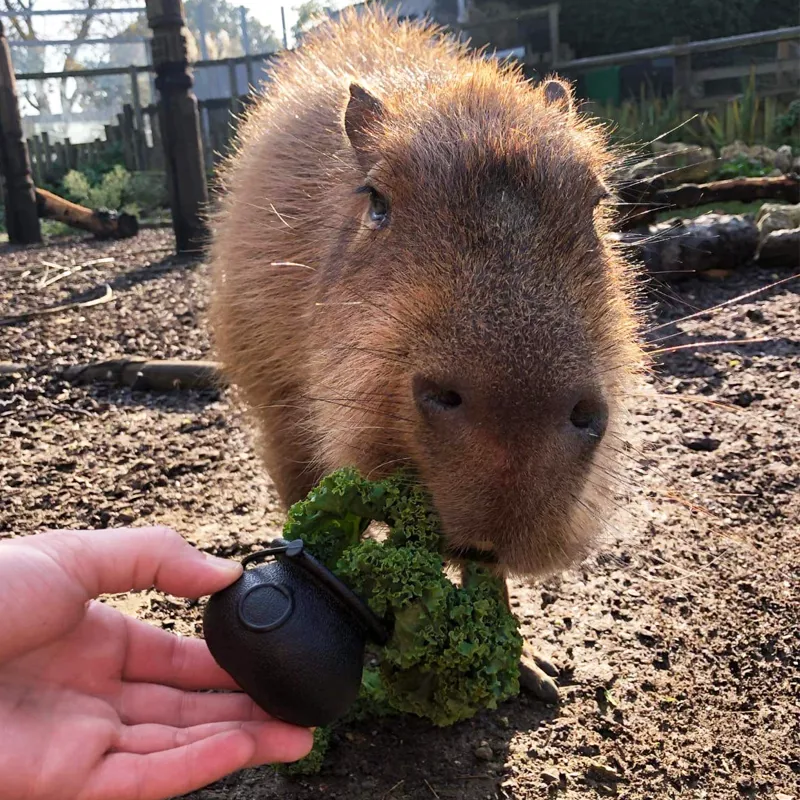
They can swim long distances and even dive underwater to find food.Īnother adaptation is that they are good climbers. One behavioral adaptation is that they are excellent swimmers. Capybaras have many behavioral adaptations that allow them to survive in their wetland habitat. They are the largest rodents in the world. The capybara is a rodent that inhabits the wetlands of South America.

The young are precocial and can swim and dive within hours of being born.įemale capybaras reach sexual maturity at about one year of age, while males do not reach sexual maturity until two years of age. The reproductive behavior of capybaras has been little studied, however, what is known suggests that they are sexually promiscuous.Ĭapybaras have a gestation period of about 150 days and give birth to litters of four or five young. The male and female swim together, and the male capybara mounts the female from behind.Ĭopulation may last for up to half an hour, and the pair often swims around together after mating. One common behavior is called “wallowing.” The male will roll around in the mud until he’s covered in it, then stand up and present himself to the female.Ĭapybaras mate in the water. Males also perform elaborate courtship displays to woo females. If another male gets too close, the alpha may charge at him or push him away. The alpha male will often try to keep other males away from the female he’s interested in and may even try to mate with her himself. Just as in human society, there is a lot of posturing and manipulation among males vying for the attention of females. When it comes to mating, the capybara is a bit like high school. They also use body language to communicate with each other for example, when a capybara wants to mount another capybara, it will tilt its head back and raise its front legs. They are very communicative with one another and often engage in play behavior.Ĭapybaras groom each other frequently and will often rest their heads on one another’s backs. The social behavior of capybaras is fascinating to watch. They are the largest rodents in the world and can weigh up to 143 pounds. They can also make a rattling noise by shaking their fur.Ĭapybaras are social animals that live in groups of 10-20 individuals but can be up to 100 individuals during the dry season. They will often greet one another by bumping their heads together and will rub their bodies against each other to show affection.Ĭapybaras use various vocalizations to communicate, from soft coos to loud barks. They are also good climbers and have been known to climb trees to escape predators or to get to food sources.Ĭapybaras are very social animals and communicate with each other through a variety of vocalizations and body language. They live in a variety of habitats, including savannas, marshes, and rainforests.Ĭapybaras are semiaquatic and spend a lot of time swimming and diving for food. The capybara is the world’s largest rodent and can be found in Central and South America. Capybaras are known to be very selective eaters and will only eat the best parts of the plants they consume.

They are herbivores and eat mainly grasses, but they will also eat leaves, fruits, and other vegetation.

The capybara is a large rodent that lives in South America.


 0 kommentar(er)
0 kommentar(er)
